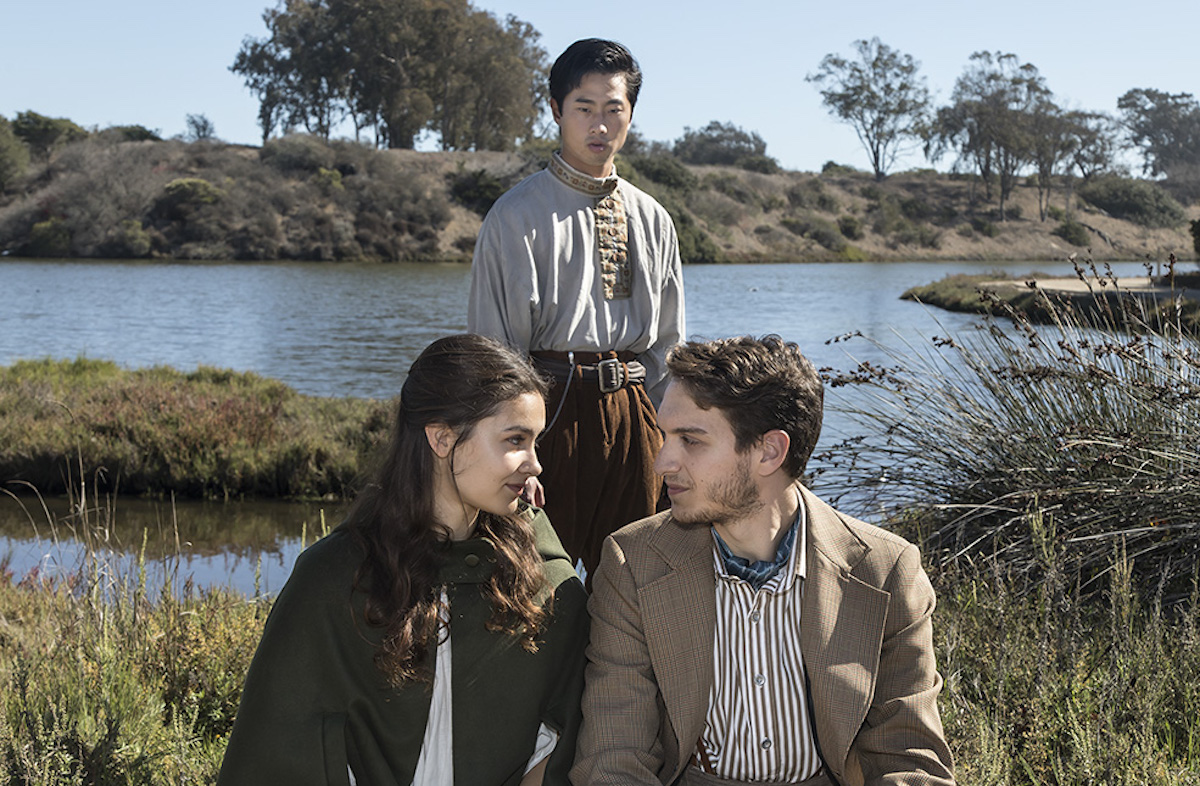Chekhov’s ‘Seagull’ at UCSB
UCSB Theater to Stage Chekhov Play

To members of the theater tribe, the plays of Anton Chekhov have the status of holy scripture. More even than with Shakespeare, whose universal appeal militates against such strict gatekeeping, the threshold experience of performing Chekhov stands as the rite of passage that ushers an actor into the realm of the theatrical elite. Experienced actors and directors measure their careers in Chekhov chunks. They memorialize their first times and celebrate their anniversaries as though his Three Sisters were their stage brides.
When the UCSB Department of Theater opens Seagull, the second of Chekhov’s five major plays, on Thursday, November 18, in the school’s Hatlen Theater, echoes of multiple theatrical legacies will resound through the cast of young actors making their Chekhov debuts. For director Risa Brainin, who has directed all five of the Chekhov masterworks (and several more than once), the feeling is “like coming home.” A new cast of BFA students engages in the layered character work that undergirds successful performances by rehearsing Seagull with her. The script for this production was created by Libby Appel, distinguished Artistic Director Emerita of the Oregon Shakespeare Festival and mother of Professor Irwin Appel, Brainin’s colleague at UCSB and yet another mentor through whom these students come to know the dramatic tradition.
All of which invites an obvious question: Something’s important about Seagull, but what is it exactly? What is Chekhov’s work about, and why does it inspire such devotion and reverence among the initiated? Let’s start with the bird.
This edition of ON Culture was originally emailed to subscribers on August 13, 2024. To receive Leslie Dinaberg’s arts newsletter in your inbox on Fridays, sign up at independent.com/newsletters.
Chekhov’s gull is a symbol, and the characters in the play know and accept it as such. On the one hand, the seagull is free, natural, and capable of flight. On the other hand, the bird is, like a woman (especially a young woman), vulnerable to men’s violence. In a more traditional story, the young woman would stand for the society, embodying its potential for renewal and regeneration. In this founding document of modern drama, the symbol stands between the story and its meaning, emptying the standard analogies and throwing familiar ways of knowing into question.
The characters in Seagull want to be known, yet they all struggle to express themselves. In some relationships, such as Trigorin and the actress Arkadina, the thrust toward self-revelation plays out as farce. Their words and deeds convey the potential curdling of self-awareness into cynicism and self-dramatization. In others, like Arkadina’s son, the insecure playwright Treplev, the desire to be known leaks away in a seeping sense of futility.
What comes across most powerfully, and what gives Chekhov’s plays their unique place in theatrical culture, is the uncanny perception of sharing a single pervasive mood, the feeling of knowing something big and knowing it together, albeit each in their way. That’s what keeps all these actors and directors coming back to the big bird of modern drama — as director Brainin puts it, “the need to be seen and recognized for who you are.” Ironically, it’s the wanting, and not the getting, of this recognition that brings a great Chekhov cast together.
Seagull plays at the Hatlen Theater from Thursday, November 18, through Monday, November 22. For tickets and information, visit theaterdance.ucsb.edu.
Support the Santa Barbara Independent through a long-term or a single contribution.



